Digital archive collection – “Crimes in Foča in 1992”
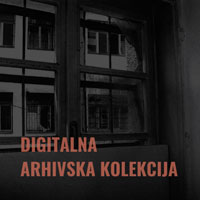
Th e Humanitarian Law Center (HLC) presents the first digital archive collection “Crimes in Foča in 1992”.
e Humanitarian Law Center (HLC) presents the first digital archive collection “Crimes in Foča in 1992”.
The digital collection contains judgments, videos, exhibits and other materials collected from court databases and the HLC archives. The aim of the collection is to present and document in a comprehensive way the war crimes against the Bosniak population of Foča committed at the beginning of the war in Bosnia and Herzegovina.
When Foča fell under Serb forces’ control at the end of April 1992, members of the forces arrested non-Serb civilians and took them to detention facilities. A special target of the attack were Bosniak women and girls, many of whom were held in sexual slavery in several detention facilities, where they were raped, tortured and otherwise abused and humiliated.










 The Humanitarian Law Center (HLC) invites you to a discussion “War Crimes Trials in the Context of Serbia’s Accession to the European Union”, during which a “Model Strategy for the Prosecuting of War Crimes Committed During and in Relation to the Armed Conflicts in the Former Yugoslavia (Period: 2021-2026)” (Model Strategy), as well as the analysis of the results achieved during the implementation of the National Strategy for War Crimes Prosecution (2016-2020) will be presented.
The Humanitarian Law Center (HLC) invites you to a discussion “War Crimes Trials in the Context of Serbia’s Accession to the European Union”, during which a “Model Strategy for the Prosecuting of War Crimes Committed During and in Relation to the Armed Conflicts in the Former Yugoslavia (Period: 2021-2026)” (Model Strategy), as well as the analysis of the results achieved during the implementation of the National Strategy for War Crimes Prosecution (2016-2020) will be presented.


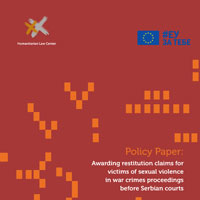 An associated action for restitution constitutes a claim for the compensation of damages, recovery of property or the annulment of a legal transaction arising from the commission of a criminal offence.
An associated action for restitution constitutes a claim for the compensation of damages, recovery of property or the annulment of a legal transaction arising from the commission of a criminal offence.
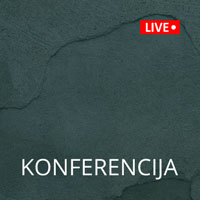
 Marking the International Day for the Elimination of Sexual Violence in Conflict, the Humanitarian Law Center (HLC) invites you to online conference “From Stigma to Justice – Sexual Violence in War “ that will take place on Tuesday, 15 June 2021 from 11:00 am via the Zoom application.
Marking the International Day for the Elimination of Sexual Violence in Conflict, the Humanitarian Law Center (HLC) invites you to online conference “From Stigma to Justice – Sexual Violence in War “ that will take place on Tuesday, 15 June 2021 from 11:00 am via the Zoom application.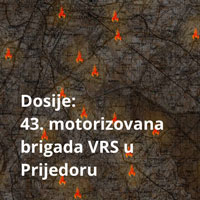
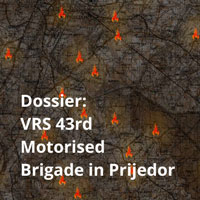 Between May and August 1992, units of the 1st Krajina Corps of the Army of the Republika Srpska (VRS), together with the police of the Republika Srpska, Territorial Defence Force (TO) units and various volunteer groups, carried out attacks on a large number villages in the municipality of Prijedor inhabited predominantly by Bosniaks and Croats.
Between May and August 1992, units of the 1st Krajina Corps of the Army of the Republika Srpska (VRS), together with the police of the Republika Srpska, Territorial Defence Force (TO) units and various volunteer groups, carried out attacks on a large number villages in the municipality of Prijedor inhabited predominantly by Bosniaks and Croats.